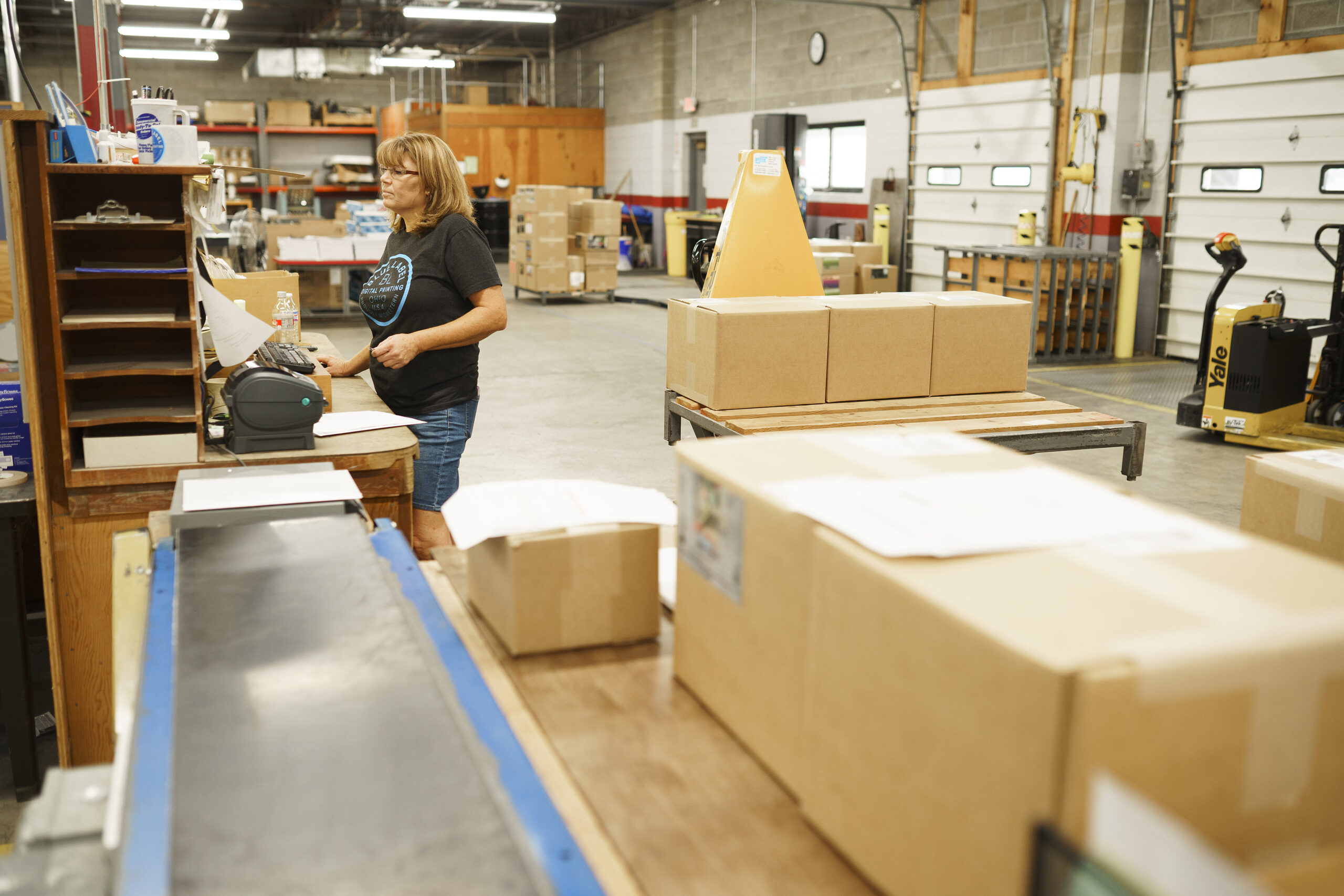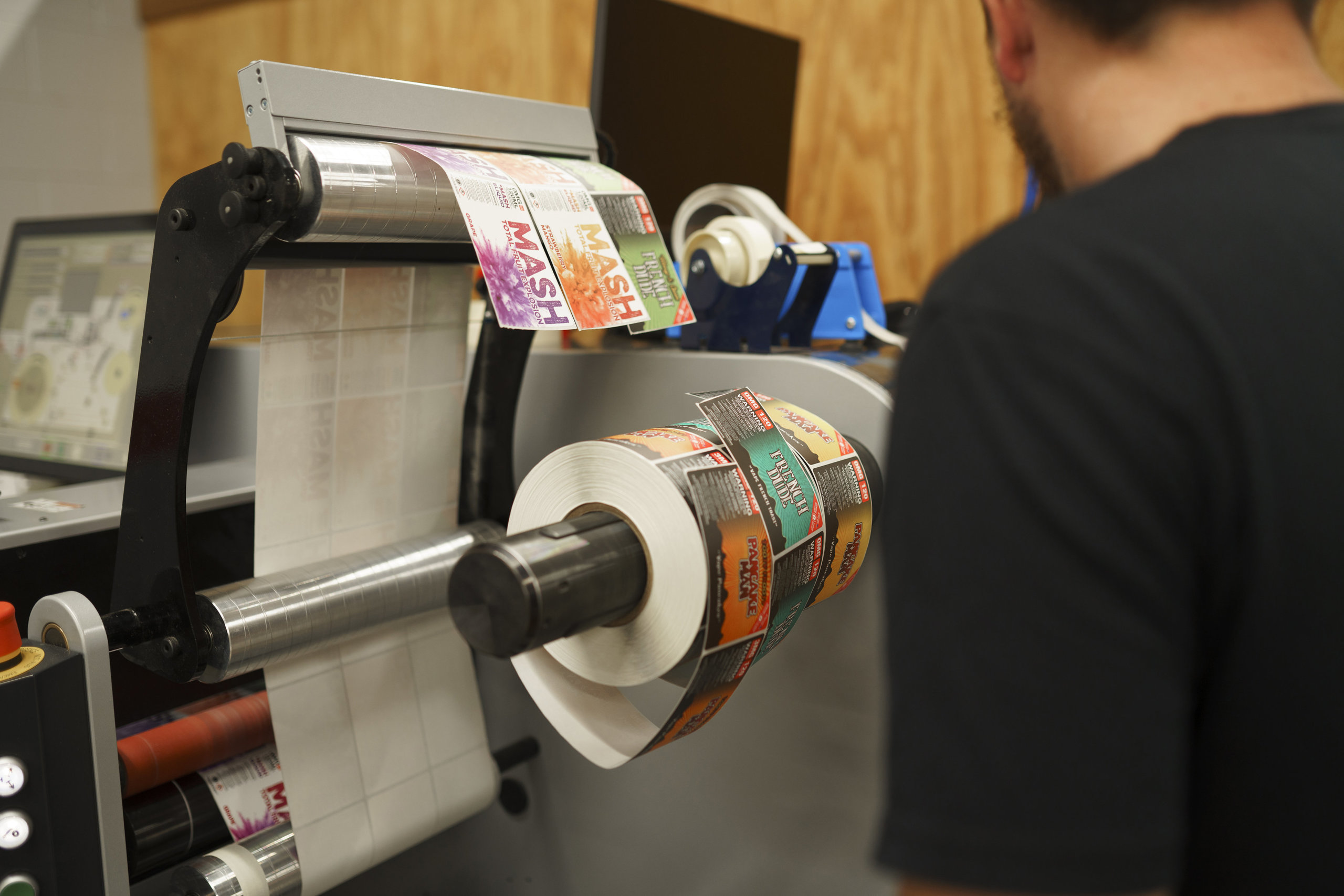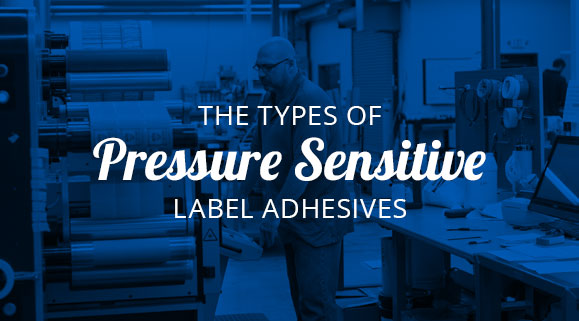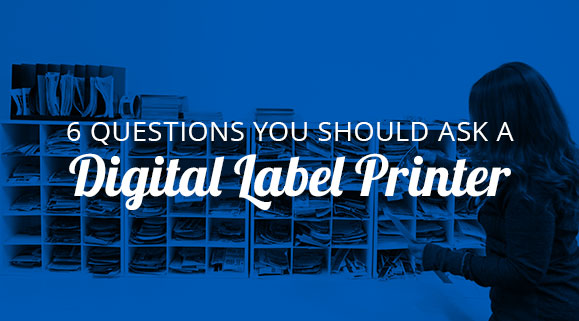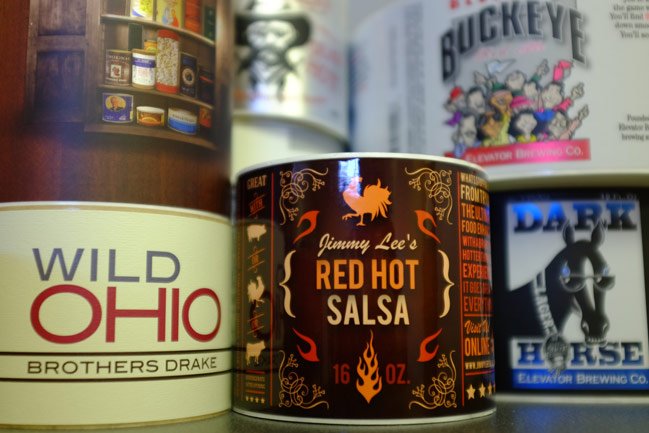How to Taper a Label for Your Products
- application
- custom labels
- dieline
- Packaging
- shapes
- tapering
- warping
Are you wondering how to put a label on a curved surface and how to apply them straight? Designing for a flat surface is pretty straightforward. A straight edge will still be straight, a square will still be a square, etc. Curved or inclined surfaces are more difficult. Depending on the shape of your container, especially if it’s tapered, this can be trickier than you expect.
A container is tapered when it isn’t perfectly cylindrical and gradually changes in width. An easy way to tell if your container has a tapered shape is tapered is to compare it to something that’s completely flat or straight, whether it’s something like a rectangular box or a ruler. If you stand both items next to each other and the side of your container isn’t flush against something flat, it has some degree of tapering to it.
Why Can’t You Use Rectangular Labels on Tapered Containers?
Tapered labels can create some problems for even the most basic of label shapes. Straight lines appear uneven when placed on tapered containers, even if the change in width is very slight. This can lead to crooked label placement or noticeable creases or bulges that result in an unprofessional overall packaging design.
While it may seem easy to simply switch to a non-tapered container, these labeling challenges shouldn’t scare you away from utilizing uniquely-shaped packaging that stands out to your consumers. Even standard beer bottles feature a tapered neck, so you may not be able to avoid some form of tapering depending on your container.
You also may not want to change your container. Tapered shapes can attract eyes and create an exclusive silhouette for your brand. Instead of settling for standard containers, you can create a curved dieline that will allow your custom product labels to account for the gradual tapering of your container.
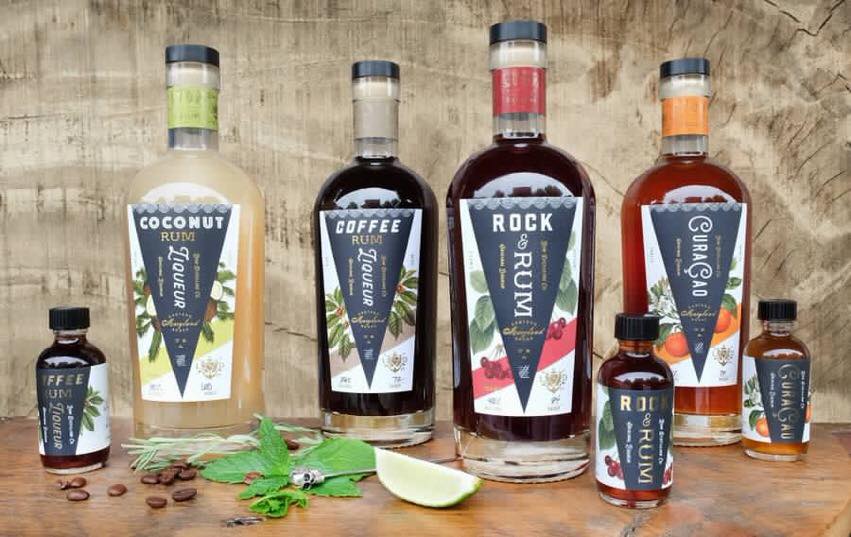
Looking for Custom Labels?
We put our all into every custom label we make. No exceptions. And with no minimum order quantities and a 5-day turnaround for digital label printing, we take pride in helping you perfect your first impression.
Request a Quote Get a Sample Pack
How to Adjust Your Label to Fit a Tapered Container
One option is to downsize your label so that the effect of the tapering isn’t as noticeable. However, this limits the amount of label space you have to showcase your brand, describe your product, and include any necessary regulatory information.
The other option is to tailor your label to better suit the shape of your container or tapered bottle. If you still want your label to look rectangular, you’ll need to create a curved dieline. You’ll need to do some math to figure out the right shape, but the process may not be as tricky as you think.
Step 1: Decide where your label should go
Before you can solve anything, you’ll need to acquire some information. First, figure out exactly where you want your label to stick to your container. Since the width of your container gradually changes, it’s important to measure exactly where a label needs to go or else your measurements could be wrong. This also means you should have an idea of whether you want a partial or full wrap for your label as that will greatly impact the width. Once you’re set, use a pen, pencil, tape, or some other item to mark where the top, bottom, and sides of your label should go.
Step 2: Measure your dimensions
Once you have your container marked, you’ll want to measure the following:
- Width of the top of your label
- Width of the bottom of your label
- Height of your label
Regular rulers won’t be too helpful in this stage since you’ll need something that can curl around your container and measure the top and bottom parts of your label. If you don’t have a loose tape measure, contact your Blue Label representative and request a custom flexible ruler or you can download and print a paper ruler. Another is to wrap string around your container and mark or cut it to fit the right lengths.
Please note that if you measure completely around your container, those measurements will make for a full wrap label dieline. If you don’t want a full wrap label, you’ll want to factor in your desired gap into the measurements. Once you’re all set, you can use your measurements to create a curved shape in Adobe Illustrator.
Step 3: Use Adobe Illustrator to create a curved dieline
In order to turn your measurements into an actual curved shape, you’ll need to do some geometry. Fortunately, there’s a convenient online cone calculator that will do the hard work for you. All you need to do is plug in the height and widths from your container to generate the following measurements.
- Arc angle
- Radius 1
- Radius 2
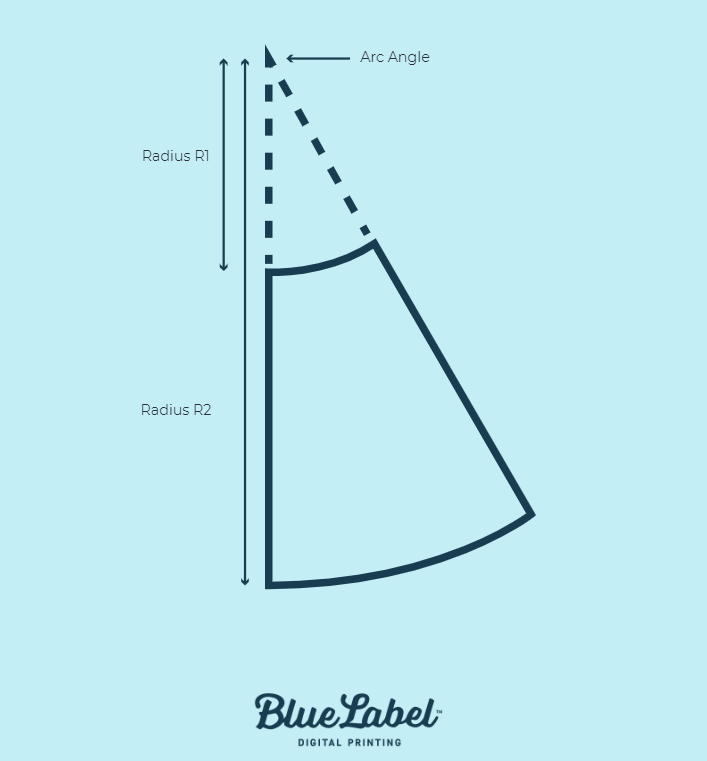
These numbers will allow you to create your exact custom container label shape in Illustrator. First, take each radius and create a pair of circles that share a common center (also known as concentric circles). Now you can use the drawing and transform tools to create a triangle that shares an apex point with the center of the two circles. The triangle should use the arc angle generated by the calculator and extend past the larger of the two circles. In the end, the two circles and triangle will intersect to create a curved dieline for your container.
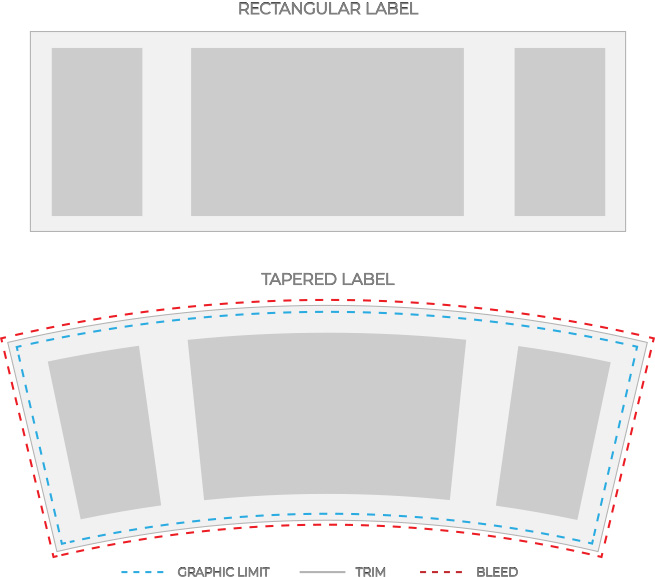
Step 4: Identify an ideal rectangular shape
Even though you have a curved dieline, you still need to figure out how to warp your design to fit your container. To start, you’ll want to convert your curved dieline into an ideal rectangular shape.
Before you find your shape, make sure to add a bleed area that extends your design artwork at least 1/16” past the edges of your curved label dieline. This will add some extra insurance that your labels don’t have any accidental white spaces once they’re cut. It’s also important to add this now because you’ll need to measure the top and bottom chords of your label to identify your ideal rectangular shape. A chord is the straight line between two corners of a curved dieline.
Once you use Illustrator to find these measurements, you’ll then need to average the top and bottom length together. You can now build out your ideal rectangular shape with the measurements for the average chord length and your original height and use the Illustrator warp tool to curve your artwork.
Make Sure Your Labels Stay Ahead of the Curve
Preparing a label for a tapered container may seem like a lot of work, but it doesn’t mean you have to settle for something you don’t want. At Blue Label Packaging Company, our experts work directly with you to ensure that your tapered labels are catered to your needs. That way, you don’t have to sacrifice your container or other important aspects of your packaging. If you need a professional designer to help you create a specific look for your products, we can even point you toward our approved designer directory.
Ready to wow your customers with tapered product labels by using our custom label printing? Contact us today to talk to one of our experts about your label design and project.
